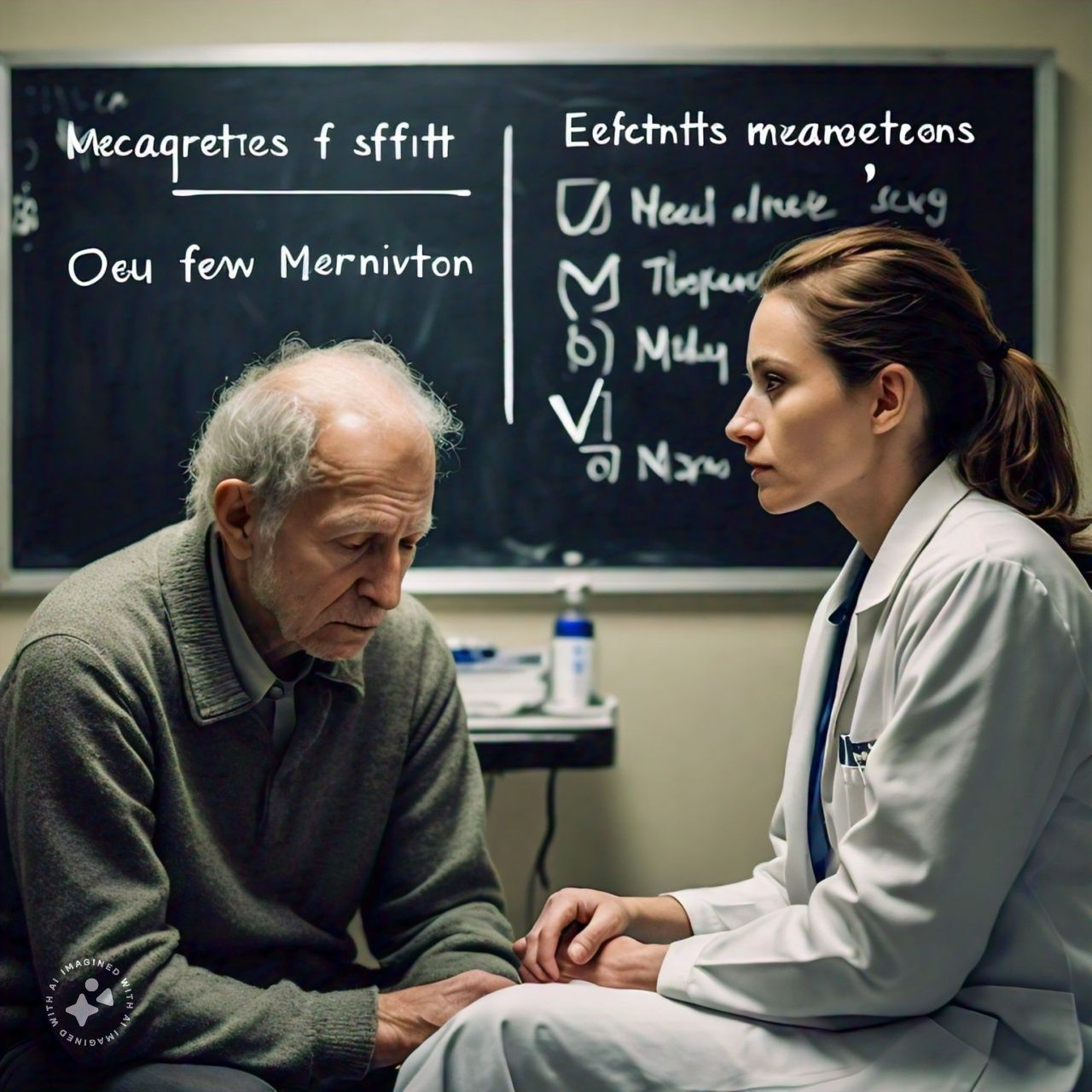INTRODUCTION
The leader is a man who comes closest to
realizing the norms of a group that values the highest; this conformity gives
him his high rank, which attracts people and implies the right to assume
control of the group. (Homans, 1950). The underlying need-structure of the
individual is what motivates his behaviour in various leadership situations.
Leadership style thus refers to the consistency of goals or needs at different
situations. (Fiedler, 1967). One of the great leaders who had the above
qualities fulfilled in him is the former South African president, Nelson
Rolihlahla Mandela.
Nelson Rolihlahla Mandela
was born on 18 July 1918 in the Transkei village close Umtata. Nelson Mandela
was sent to Healdtown, a Wesleyan secondary school with some reputation where
he enrolled after getting a primary education at a local mission school.
Early life and work
Nelson Mandela was the son of Chief Henry
Mandela of the Madiba clan of the Xhosa-speaking Tembu people. After his
father’s death, young Nelson was raised by Jongintaba, the regent of the Tembu.
Nelson renounced his claim to the chieftainship to become a lawyer. He attended
South African Native College (later the University of Fort Hare) and studied law
at the University of the Witwatersrand; he later passed the qualification exam
to become a lawyer. In 1944 he joined the African National Congress (ANC), a
Black-liberation group, and became a leader of its Youth League. That same year
he met and married Evelyn Ntoko Mase. Mandela
subsequently held other ANC leadership positions, through which he helped
revitalize the organization and oppose the apartheid policies of the ruling
National Party.
In 1952 in Johannesburg, with fellow ANC
leader Oliver Tambo, Mandela established South Africa’s first Black law
practice, specializing in cases resulting from the post-1948 apartheid
legislation. Also that year, Mandela played an important role in launching a
campaign of defiance against South Africa’s pass laws, which required non-whites
to carry documents (known as passes, pass books, or reference books)
authorizing their presence in areas that the government deemed “restricted”
(i.e., generally reserved for the white population). He
travelled throughout the country as part of the campaign, trying to build
support for nonviolent means of protest against the discriminatory laws. In
1955 he was involved in drafting the Freedom Charter, a document calling for
non-racial social democracy in South Africa.
Mandela played a major role in many political
endeavours, many anti-apartheid movements such as the Program of Action, a
policy based initiative that was founded on the principles of non-violent
“civil disobedience, boycott, strike, and non-co-operation”. In 1962, Mandela
was nominated as the leader of the armed resistance group that was formed the
same year known as the Umkhonto we Sizwe (Spear of the Nation). Mandela
explained his reasoning, he assessed the situation of South African, along with
some of his colleagues, he came to a conclusion that: as long violence was
inevitable in his country; it was considered unrealistic and wrong for African
leaders to preach on peace and non-violence when the government met their
peaceful demands by force. In 1991 eventually he was elected as the President of
the ANC. Later he was elected democratic manner as the President of the State
of South Africa in 1994.











